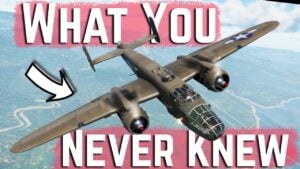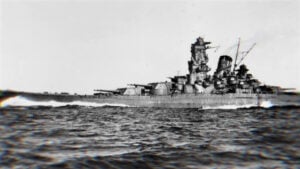Which Was More Effective: B-25 or B-26?
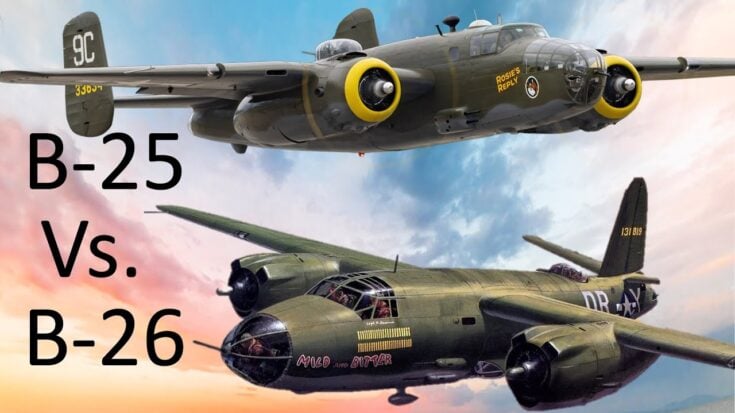
YouTube / WWII US Bombers
In 1943, the U.S. Army Air Forces conducted a detailed study comparing two of its most important medium bombers: the B-25 Mitchell and the B-26 Marauder. Both were twin-engine, all-metal aircraft designed to strike tactical targets that heavy bombers like the B-17 and B-24 could not. Yet despite similar performance on paper, the study revealed major differences in cost, safety, and effectiveness.
Development and Purpose
The B-25 and B-26 were developed before America entered World War II and entered production almost simultaneously. Each carried a crew of six, reached top speeds around 285 mph, and could deliver roughly the same bomb load. Their missions were tactical rather than strategic—disrupting enemy airfields, convoys, and troop movements in direct support of ground operations.

The Ninth Air Force relied heavily on both aircraft in Europe, while the B-25 also saw extensive service in the Pacific, including its famous role in the 1942 Doolittle Raid on Japan.
Cost and Production
The B-25’s affordability was one of its strongest advantages. Priced at $152,000 per aircraft in 1943, it was about 40 percent cheaper than the B-26, which cost $213,000. Nearly twice as many B-25s were built—over 9,800 compared to roughly 5,100 Marauders—reflecting the Mitchell’s wider acceptance and simpler production requirements.
Combat Losses and Reliability
Combat data collected between mid-1942 and early 1943 showed that the B-26’s accident rate was 60 percent higher than the B-25’s, and its fatal accident rate was 80 percent higher. These issues were traced not to pilot error but to the aircraft’s demanding flight characteristics.
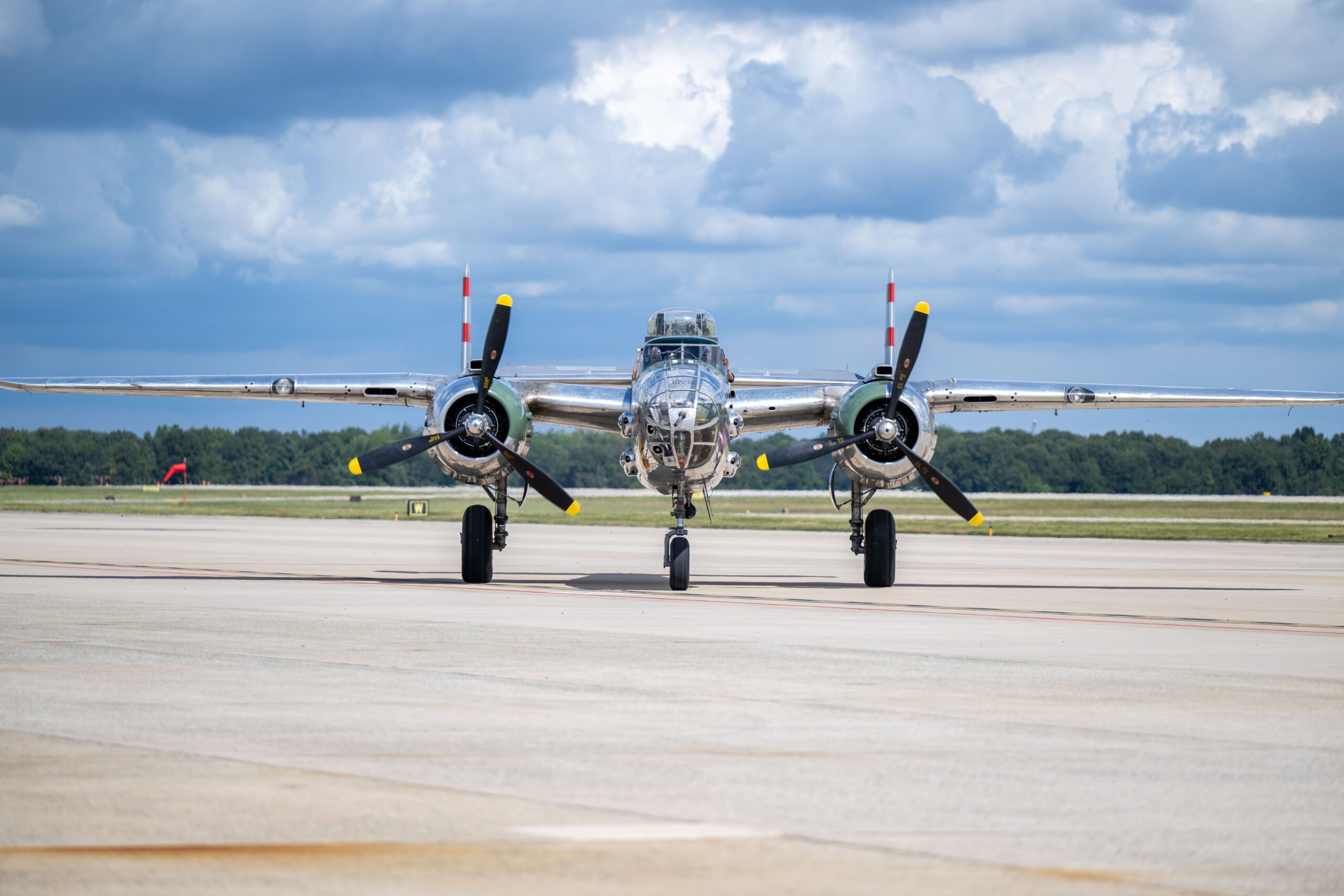
The B-26’s high landing and takeoff speeds led pilots to nickname it the “Widowmaker.” Its loss rate in combat was about double that of the B-25—five percent versus 2.4 percent. Maintenance reports also showed that Marauders suffered more mechanical issues and higher mission abort rates.
Accuracy and Combat Effectiveness
The Marauder’s more advanced design did produce some benefits. At 12,000 feet, B-26 crews placed about 19 percent of their bombs within 200 feet of a target, slightly better than the B-25’s 17 percent. However, this advantage did not outweigh the Mitchell’s superior reliability and operational flexibility.
The B-25 could carry more bombs per aircraft on average and was better suited for a variety of missions, from medium-altitude strikes in Europe to low-level attacks in the Pacific.

Legacy and Outcome
By mid-1943, senior air commanders began to lose confidence in the medium bomber class. A War Department memo recommended cutting production of both the B-25 and B-26 in favor of heavier aircraft like the B-17, B-24, and upcoming B-29. Still, both bombers continued to serve through the end of the war, with the B-25 becoming especially valuable in the Pacific for its ruggedness and adaptability.
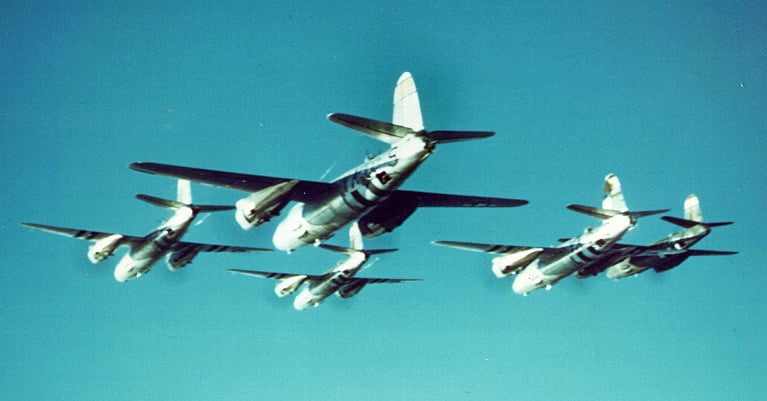
In the end, the Army Air Forces judged the B-25 Mitchell as the more effective and versatile aircraft. The B-26 Marauder was faster and more precise under ideal conditions, but the B-25’s lower cost, easier handling, and wider mission success made it the medium bomber that commanders trusted most.














